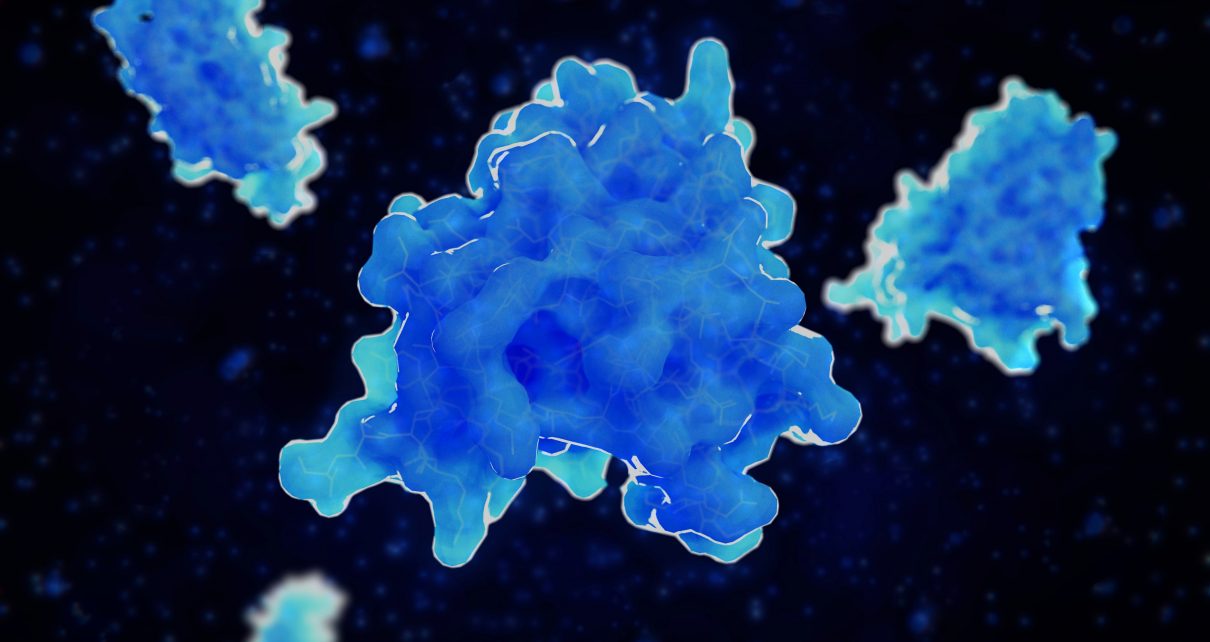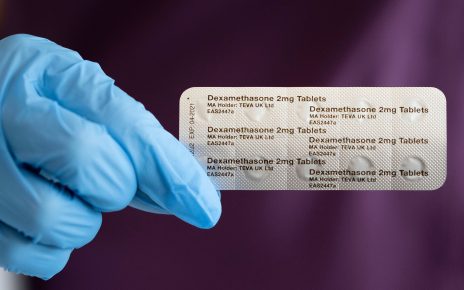Many of the people dying in the novel coronavirus pandemic appear to be harmed more by their own immune system than by the virus itself. The infection can trigger a cytokine storm—a surge in cell-signaling proteins that prompt inflammation—that hits the lungs, attacking tissues and potentially resulting in organ failure and death. But this phenomenon is not unique to COVID-19; it sometimes occurs in severe influenza, too. Now a study sheds light on one of the metabolic mechanisms that help orchestrate such runaway inflammation.
Scientists have long known that viral infections can affect human cellular metabolism, the system of biochemical reactions needed to provide energy for everything cells do. In the new paper, researchers showed that in live mice and human cells, infection with an influenza A virus—one of two types that typically cause seasonal flu—sets off a chain of cellular events, or a pathway, that boosts the metabolism of glucose. This action, in turn, triggers the production of an avalanche of cytokines. And blocking a key enzyme involved in the glucose pathway could be one way to prevent a deadly cytokine storm, according to the study, which was published last week in Science Advances.
Although the research was not focused on the novel coronavirus, the team says the same mechanism is likely at play in the illness it causes: COVID-19. This connection could explain why people with diabetes are at a higher risk of dying from the virus.
When a virus infects a cell, it steals resources in order to make copies of itself, explains Paul Thomas, an immunologist at St. Jude Children’s Research Hospital in Memphis, Tenn., who was not involved in the new study. Infected cells have to boost their metabolism to replenish these resources, and healthy cells must also do so in order to mount an effective immune response, he says.
Prior research had shown that an influenza infection increases the metabolism of glucose, the sugar molecule that fuels most cellular activities. And in previous work, the authors of the new paper had identified a pathway, involving a signaling protein called interferon regulatory factor 5 (IRF5), in which a flu infection can lead to a cytokine storm.
In its latest study, the team revealed, at a detailed molecular level, how a glucose metabolism pathway activated by flu infection leads to an out-of-control immune response. During such an infection, high levels of glucose in the blood cause an enzyme called O-linked β-N-acetylglucosamine transferase (OGT) to bind to, and chemically modify, IRF5 in a process known as glycosylation. This step enables another chemical modification, called ubiquitination, that leads to a cytokine inflammatory response.
The researchers infected mice with influenza A and then administered glucosamine, a sugar that kicks off this glucose metabolism pathway. They showed that doing so increased the production of cytokines. Next, they genetically engineered mice that lacked the gene that enables OGT production. These mice did not develop an over-the-top cytokine response when exposed to glucosamine.
Finally, the scientists analyzed blood collected from flu patients and healthy individuals in Wuhan, China, between 2018 and 2019. They found that the flu-infected subjects’ blood had higher glucose levels—and correspondingly higher levels of immune system signaling molecules—than that of the healthy patients. That result further supports the idea that glucose metabolism plays a role in flu infection.
The findings suggest that interfering with this pathway could be one way to prevent the cytokine storm seen in flu and other viral infections. Such an intervention would need to be done carefully, however, to avoid shutting off the body’s ability to fight the virus altogether.
“It could be relevant to interfere with glucose metabolism using chemical inhibitors and [to] modulate the cytokine production,” says study co-author Mengji Lu, a professor at University Hospital Essen’s Institute of Virology in Germany. “But it needs to be said that energy metabolism is essential for our immune cells [to fight a] virus. It may be important to combine antiviral treatment and metabolic inhibitors—suppressing the virus and reducing the overshooting immune reaction at the same time.”
A similar process of runaway cytokine production has been observed in COVID-19, Lu says. But there are no specific drugs that target the SARS-CoV-2 virus that causes the disease, he adds, so “interference with energy metabolism alone may result in breakdown of our immune defense and does not provide a benefit.”
Other researchers praise the study. “This paper does a nice job of proposing and validating one mechanism by which metabolic changes can feed forward to inflammatory responses,” Thomas says. Previous studies had shown more broadly that glucose metabolism plays a role in the response to flu infection. But this one details what is going on at the molecular level and how interfering with this process could prevent uncontrolled inflammation, he adds.
The findings confirm what Haitao Wen, now an assistant professor of immunology at Ohio State University, and his colleagues found in a 2018 study of the same metabolic pathway using a different RNA virus. A 2019 study by another group also came to similar conclusions. All three studies show that the OGT enzyme involved in this pathway is required to initiate the host’s stress response to a viral infection. “The initial point of this stress response is to build up an antipathogen immune response and try to fight against virus,” says Wen, who was not involved in the new paper. “But if the inflammatory response keeps going, it will cause collateral damage.”
Given the role of glucose in the pathway, could a person’s diet have an effect on his or her response to a viral infection? “That’s a very good question,” Wen says. “At this moment, I think it’s too early to make a judgment [about whether] a special diet can fight against virus infection.” What scientists do know is that people with type 2 diabetes are more susceptible to severe flu infections. But that risk is not because they have higher glucose levels in their blood. The real reason, Wen says, is that they cannot use glucose effectively—and thus cannot initiate a proper antiviral response.
Ultimately, the hope is that by interfering with this glucose metabolism pathway, we might be able to stave off the deadly cytokine storms seen in severe cases of flu or COVID-19. But Lu’s team has not yet done studies in people. “At the moment, we do not have data in patients demonstrating the effect of interference with energy metabolism,” he says. “It is too early to make a conclusion about the potential clinical use.”




